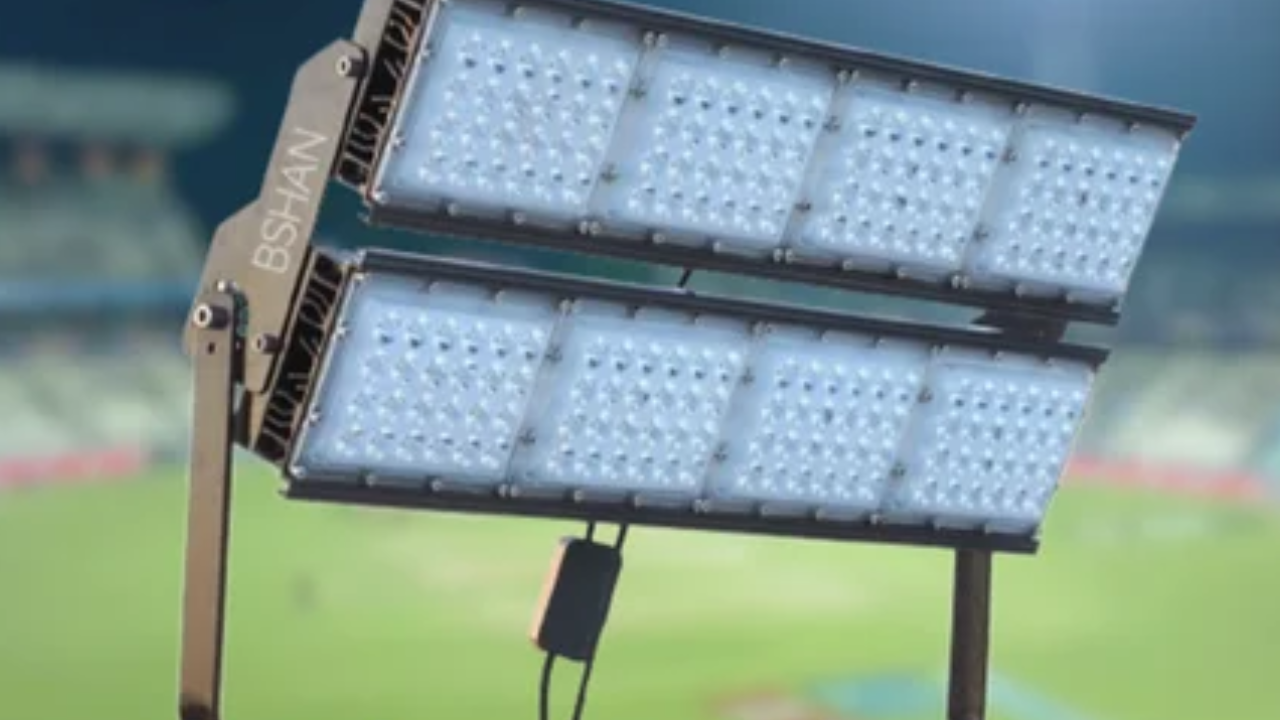The layout of LED stadium lights is a critical element in contemporary sports activity venues, significantly enhancing each participant's overall performance and spectator experience. With the fast advancement of LED technology, stadiums now benefit from advanced illumination, power performance, and superior control systems. Proper lighting is important for ensuring visibility, safety, and compliance with sports-specific standards.
Present-day LED structures offer customizable solutions, allowing unique control over light depth and distribution. This pliability allows for the advent of the most desirable lighting fixture conditions, tailor-made to the precise needs of each venue. Furthermore, the mixing of smart technology facilitates actual-time adjustments, enhancing the flexibility and functionality of stadium lighting. In essence, the considerate layout and implementation of LED Lighting Layout are fundamental to attaining advanced lighting satisfaction and operational performance in contemporary sports arenas.
The Factors Influencing The Layout Of LED Stadium Lighting
Stadium lighting has developed considerably with the arrival of the LED era, providing better illumination, energy performance, and manipulation. The layout of LED stadium lights is stimulated via various factors to ensure top-quality overall performance, spectator experience, and player safety. Below, we discover these factors in element.
Stadium Size And Shape
The dimensions and configuration of the stadium are primary considerations in the lighting layout. Unique sports activities require different field sizes, which in turn dictate the lighting fixture layout. For example, a football discipline is bigger than a basketball court, necessitating greater fixtures and a mild output. The layout ought to make sure there are uniform lights throughout the entire gambling region to avoid dark spots or glare.
Sport-Specific Requirements
Each sport has unique lighting fixture requirements ruled using standards set by corporations. These standards specify the essential illumination ranges, uniformity ratios, and glare management. For instance, a baseball discipline requires specialized lights due to the high-velocity nature of the game and the small size of the ball. The lighting fixture layout should reduce shadows and provide clean visibility for both gamers and spectators.
Illumination Levels And Uniformity
Reaching the precise illumination stage and uniformity is critical. Uniformity refers back to the even distribution of light throughout the field, preventing areas of excessive brightness or deep shadow. Standards regularly mandate a specific uniformity ratio (consisting of 0.5 or 0.7), indicating the applicable variance in mild tiers. High uniformity is crucial for participant performance and broadcast quality.
Glare Control
Glare can notably affect gamers and spectators, inflicting discomfort and reducing visibility. The layout of LED lighting fixtures must include furnishings with appropriate protection and angles to minimize glare. Superior LED systems provide better management over mild distribution, reducing the threat of glare compared to standard lighting.
Mounting Height and Positioning
The height and positioning of lights are important for reaching premiere coverage and minimizing shadows. Furnishings are commonly installed on high poles or stadium roofs. The mounting top ought to be enough to cover the whole subject uniformly, while the location has to don't forget ability obstructions and ensure that the mild beams overlap successfully.
Beam Angle and Light Distribution
LED fixtures include diverse beam angles, influencing the unfolding of light. Slim beams concentrate light over a smaller region, appropriate for high-mast installations, while huge beams cover larger regions, best for lower mounts. The choice of beam angles and their association should provide comprehensive insurance without leaving dark spots or inflicting immoderate overlap, that could waste electricity and create glare.
Cost Considerations
Budget constraints play a role in figuring out the layout and choice of lights. Even as LED structures offer long-term savings via decreased power expenses and lower protection, the initial investment may be huge. The layout design should balance cost with overall performance, opting for solutions that provide quality Future-Proofing and Technological Advancements
Future-Proofing and Technological Advancements
The fast development in the LED era means that stadium lighting layouts have to keep in mind future enhancements and scalability. Designing a flexible system that can combine new technologies or increase to satisfy evolving requirements guarantees the stadium stays competitive and updated.
Sum Up
The layout of LED stadium lights is a complex task prompted by different factors, from the unique desires of different sports activities to electricity efficiency and regulatory compliance. By carefully thinking about those elements, stadium designers can create lighting systems that beautify performance, the spectator experience, and operational performance. The combination of superior LED technology continues to push the boundaries, offering revolutionary answers that meet the ever-developing demands of cutting-edge sports activity venues.


